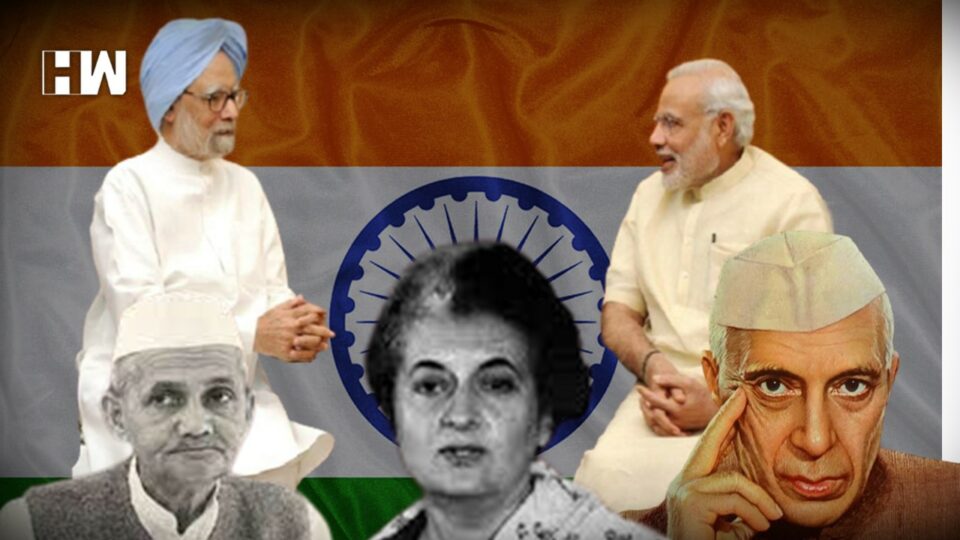Often referred to as the man that changed the face of the Indian economy in post-Independence India. the economic crisis prevailing at the time was caused by currency devaluation as a result of low reserves in the balance of payments, which left the country in a twin-deficit state.
India today completes 75 years of Independence and steps into its 76th year as a sovereign, democratic, secular nation. India has achieved multiple milestones in the last 7.5 decades. One of the major reasons behind the constant growth of India has been visionary leadership.
India is blessed to have heads of state who have never shied away from taking tough calls for the welfare of the country respective of party lines. Let’s have a look at 8 such leaders who defined India post Independence.

1. Jawaharlal Nehru: Independent India’s first ever and longest serving Prime Minister Jawaharlal Nehru in the 35 years, when Mahatma Gandhi chose Nehru as president of the Congress session at Lahore, until his death, as PM, in 1964, Nehru remained—despite the debacle of the brief conflict with China in 1962—the idol of his people. His secular approach brought him a lot of admiration among the masses.
The importance of Nehru in the perspective of Indian history is that he imported and imparted modern values and ways of thinking, which he adapted to Indian conditions. Apart from his stress on secularism and on the basic unity of India, despite its ethnic and religious diversities, Nehru was deeply concerned with carrying India forward into the modern age of scientific discovery and technological development. In addition, he aroused in his people an awareness of the necessity of social concern for the poor and the outcast and respect for democratic values. One of the achievements of which he was particularly proud was the reform of the ancient Hindu civil code that finally enabled Hindu widows to enjoy equality with men in matters of inheritance and property. Nehru’s efforts helped solve the problem of the Portuguese colony of Goa, the last remaining foreign-controlled entity in India.
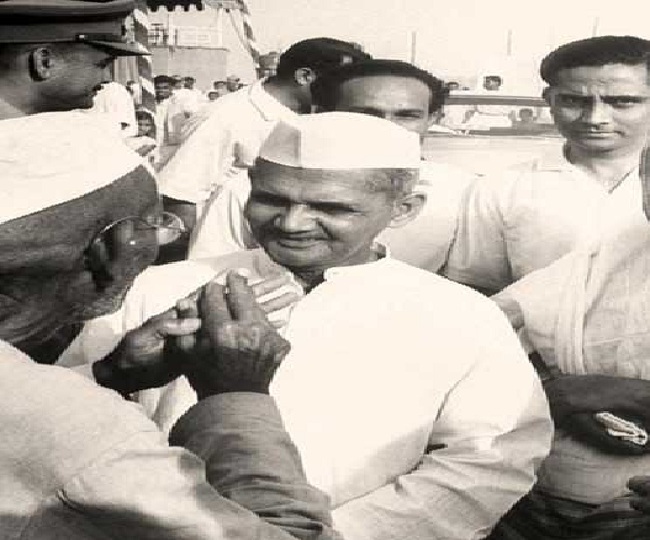
2. Lal Bahadur Shastri: India’s second and probably the most underdog Prime Minister Lal Bahadur Shastri, held the office of Prime Minister On 9 June 1964. He promoted the White Revolution, a national campaign to increase milk production. He also promoted the Green Revolution, to increase food production in the country.
During his brief tenure, India faced aggression from Pakistan in 1965. He granted a free hand to the armed Forces to retaliate and said “Force will be met with Force”.

3) Indira Gandhi: India’s first and only woman Prime Minister Indira Gandhi held the office for three separate terms; between 1967 and 1971 first, then between 1971 and 1977, and finally between 1980 and 1984. On 19th July 1969, Prime Minister Indira Gandhi nationalized 14 private-sector banks through an ordinance.
The first reason for nationalization was because of the unpredictable manner in which these banks functioned, where 361 private banks ‘failed’ across the country between 1947 and 1955. Depositors would lose all their money as they were not offered any guarantee by their respective banks.
Another reason for nationalization was the fact that these banks only catered to large industries and businesses.
Also Read: “What Is He Going To Promise This 15th August”: Subramanian Swamy Jibes At PM Modi
On the night of March 25th, 1971; Pakistan launched operation searchlight against East Pakistan (Bangladesh), where it carried out the targeted elimination of nationalist Bengali civilians, students, intelligentsia, religious minorities, and armed personnel.
Extensive military operations and air strikes were carried out in rural and urban areas of East Pakistan, to suppress the civil disobedience that ensued after the 1970 elections. Radical militants backed the Pakistan Army to assist it during raids on the local population. They engaged in mass murder, deportation, and genocidal rape.
This led to the fleeing of 10 million refugees from East Pakistan to India, whilst displacing 30 million others. A Provincial government of Bangladesh was created in Mujilbnagar and temporary asylum was given to it by India, as they moved to Calcutta as a ‘government in exile.
India joined the war on 3rd December 1971, following pre-emptive air strikes by Pakistan in North India. Prime Minister Indira Gandhi expressed full support towards East Pakistan and concluded that instead of taking in millions of refugees,
26th March 1971 is officially considered the Independence Day for Bangladesh, and the name was in effect thus forth. Bangladesh sought admission into the United Nations with most voting in its favor, except for China.
Under the government of Prime Minister Indira Gandhi, India sent its first man into space, Rakesh Sharma.
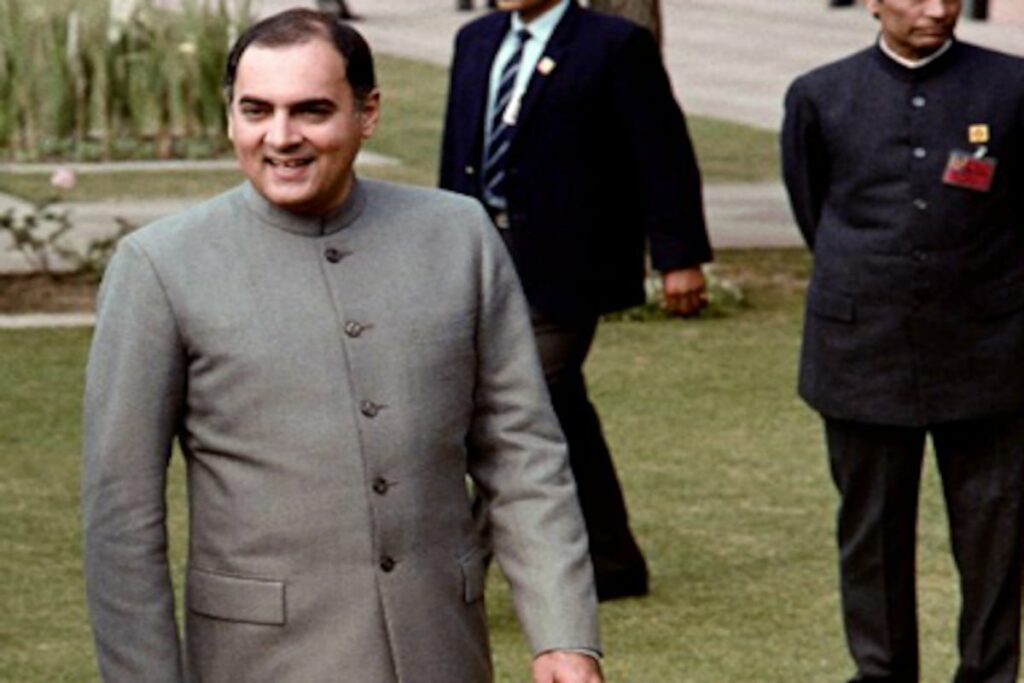
4) Rajiv Gandhi: India’s Youngest Prime Minister, at the age of 40, Rajiv Gandhi is often credited with bringing Telecommunications to the country. In 1986, MTNL (Mahanagar Telephone Nigam Limited) and VSNL(Videsh Sanchar Nigam ) were established. In 1987, as an advisor to Prime Minister Rajiv Gandhi, Pitroda headed six technology missions related to telecommunications, water, literacy, immunization, dairy, and oil seeds.
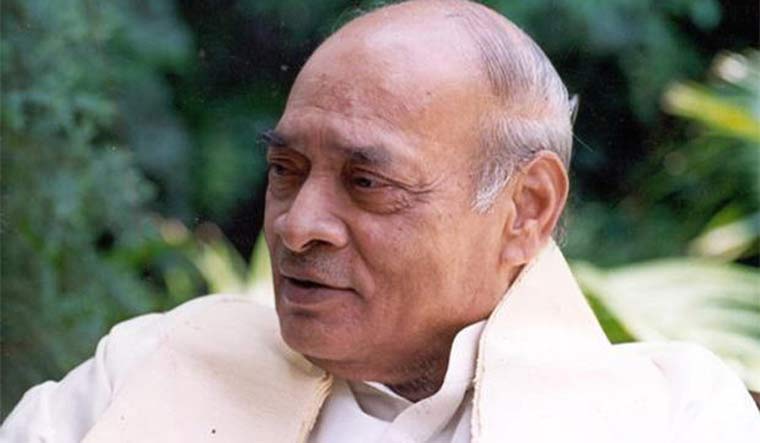
5) PV Narasimha Rao: Often referred to as the man that changed the face of the Indian economy in post-Independence India. the economic crisis prevailing at the time was caused by currency devaluation as a result of low reserves in the balance of payments, which left the country in a twin-deficit state.
Upon taking on the Prime Ministerial post of India, PV Narasimha Rao roped in Manmohan Singh as his Finance Minister. The duo initiated the New Economic Policy of 1991, under which reforms were introduced; for the reduction in import tariffs, and markets being deregulated leading to a reduction in taxes. The License Raj was abolished ending public monopolies, and the market expanded to include more foreign investments.
At the turn of the 21st Century, India progressed towards a free-market economy, with a substantial reduction in state control of the economy and increased financial liberalization.
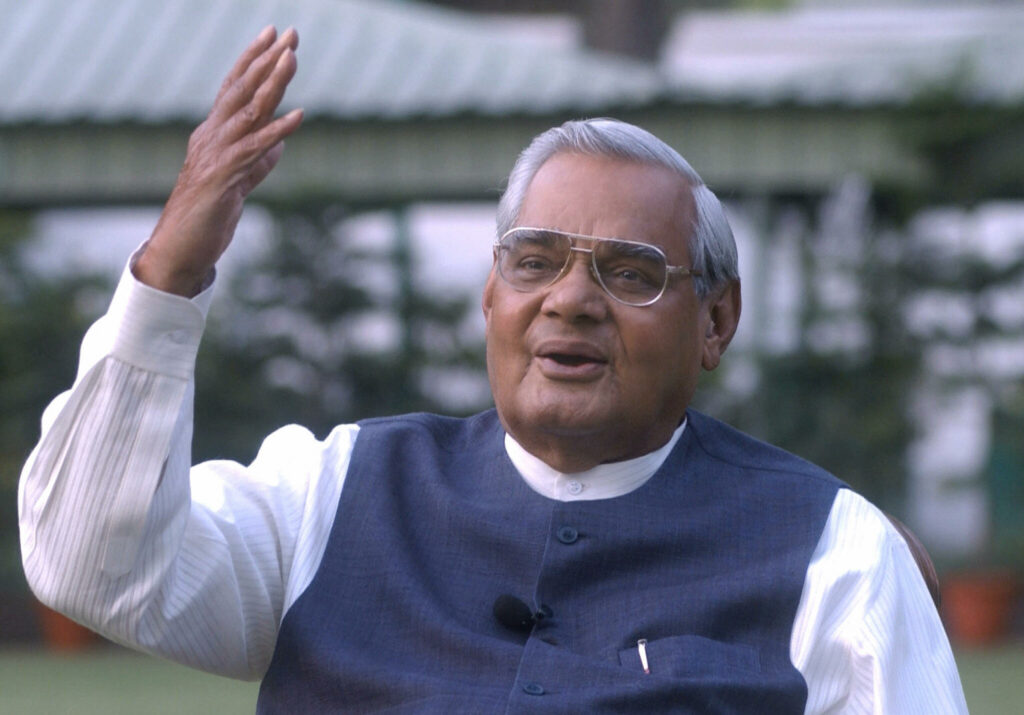
6) Atal Bihari Vajpayee: India’s first noncongress Prime Minister Atal Bihari Vajpayee India; first served a term for just 13 days before resigning in 1996, then for 11 months between 1998 and 1999, and finally for a full term in 1999 up until 2004.
Under the Vajpayee government, a Department of Disinvestments was created to process privatization candidates, along with the creation of a Cabinet Committee on Disinvestment for regulating expeditious approvals.
The Vajpayee government’s drive towards privatization began with the sale of Modern Food Industries to Hindustan Unilever (HUL) in 2000. Following this, his government facilitated the sale of Bharat Aluminium Company Ltd (BALCO) and Hindustan Zinc Ltd to Anil Agarwal’s Sterlite Industries. The IT companies, CMC Ltd and Videsh Sanchar Nigam Ltd (VSNL), were sold to Tata. Fuel retailers IBP Co. Ltd was sold to Indian Oil Corporation (IOC) and Indian Petrochemicals Corporation Ltd (IPCL).
Under the leadership of Prime Minister Atal Bihari Vajpayee’s government, India gained the status of ‘full-fledged nuclear state. India also won the Kargil War against Pakistan during Vajpayee’s tenure.
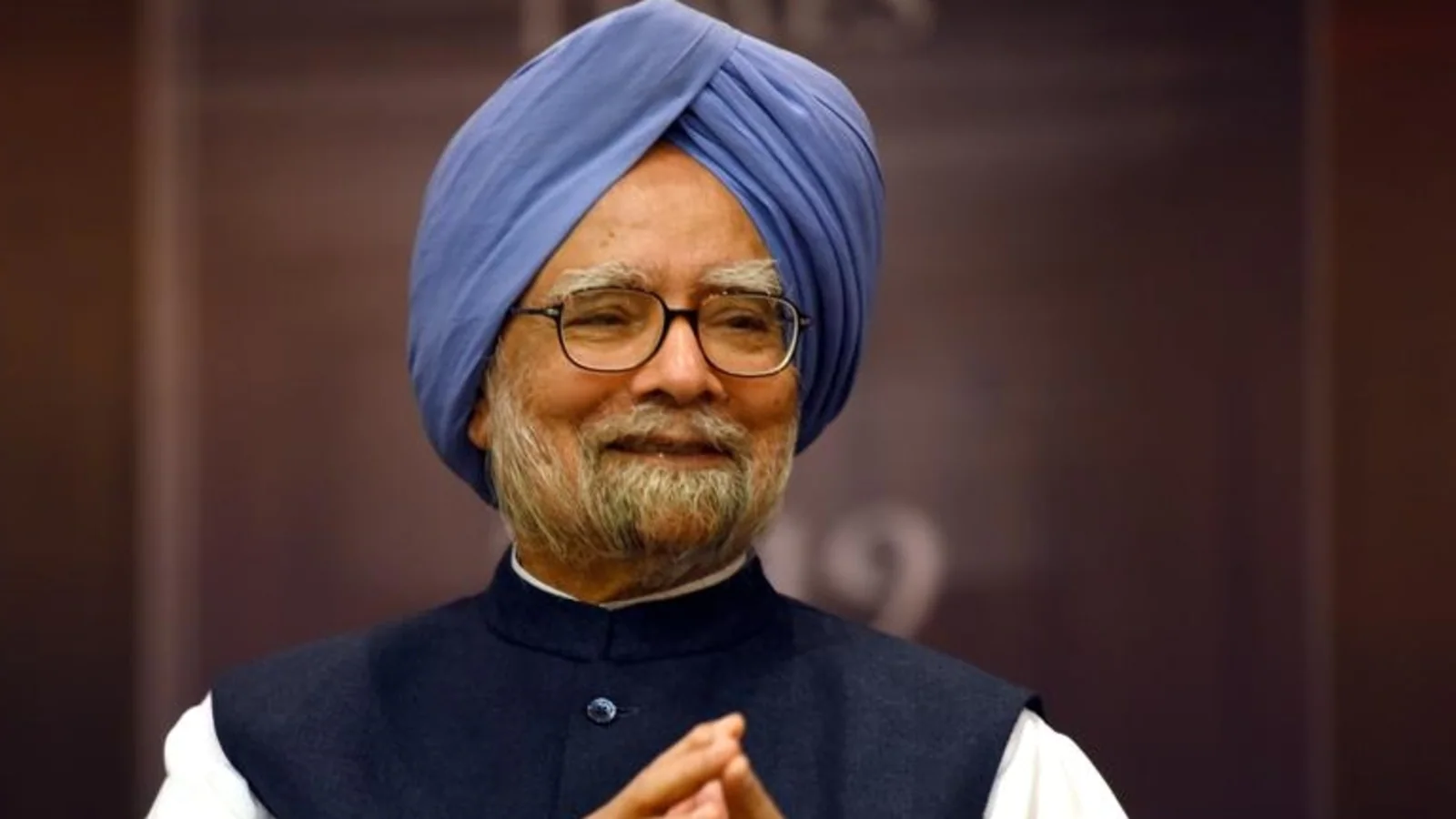
Manmohan Singh: Prime Minister Manmohan Singh, served as India’s PM from 2004- 2014. India registered the highest GDP under the leadership of Manmohan Singh according to the back series data on GDP prepared by the Committee on Real Sector Statistics, constituted by the National Statistics Commission, India touched a 10.08% growth rate in 2006-2007 under the leadership of Prime Minister Manmohan Singh’s government. The report has been released on the website of the Ministry of Statistics and Programme Implementation (MSPI).
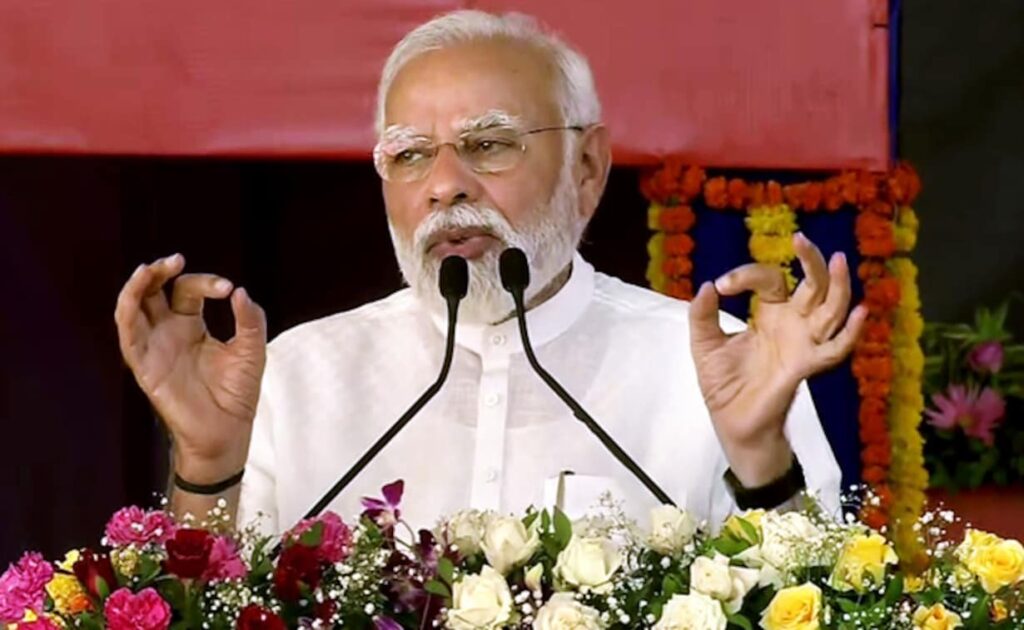
7) Narendra Modi: Prime Minister Narendra Modi has been leading the country since 2014, and in his second tenure, he was able to ensure that his party won the faith of the people by an even bigger margin. One of his biggest achievements is considered to be the abrogation of the 72-year-old Article 370 and bringing the Union Territory of Jammu and Kashmir and Ladakh into the mainstream. Article 370 gave special status to Jammu and Kashmir. The government also announced the split of the state into two Union Territories of Jammu and Kashmir and Ladakh.
As an independent media platform, we do not take advertisements from governments and corporate houses. It is you, our readers, who have supported us on our journey to do honest and unbiased journalism. Please contribute, so that we can continue to do the same in future.

